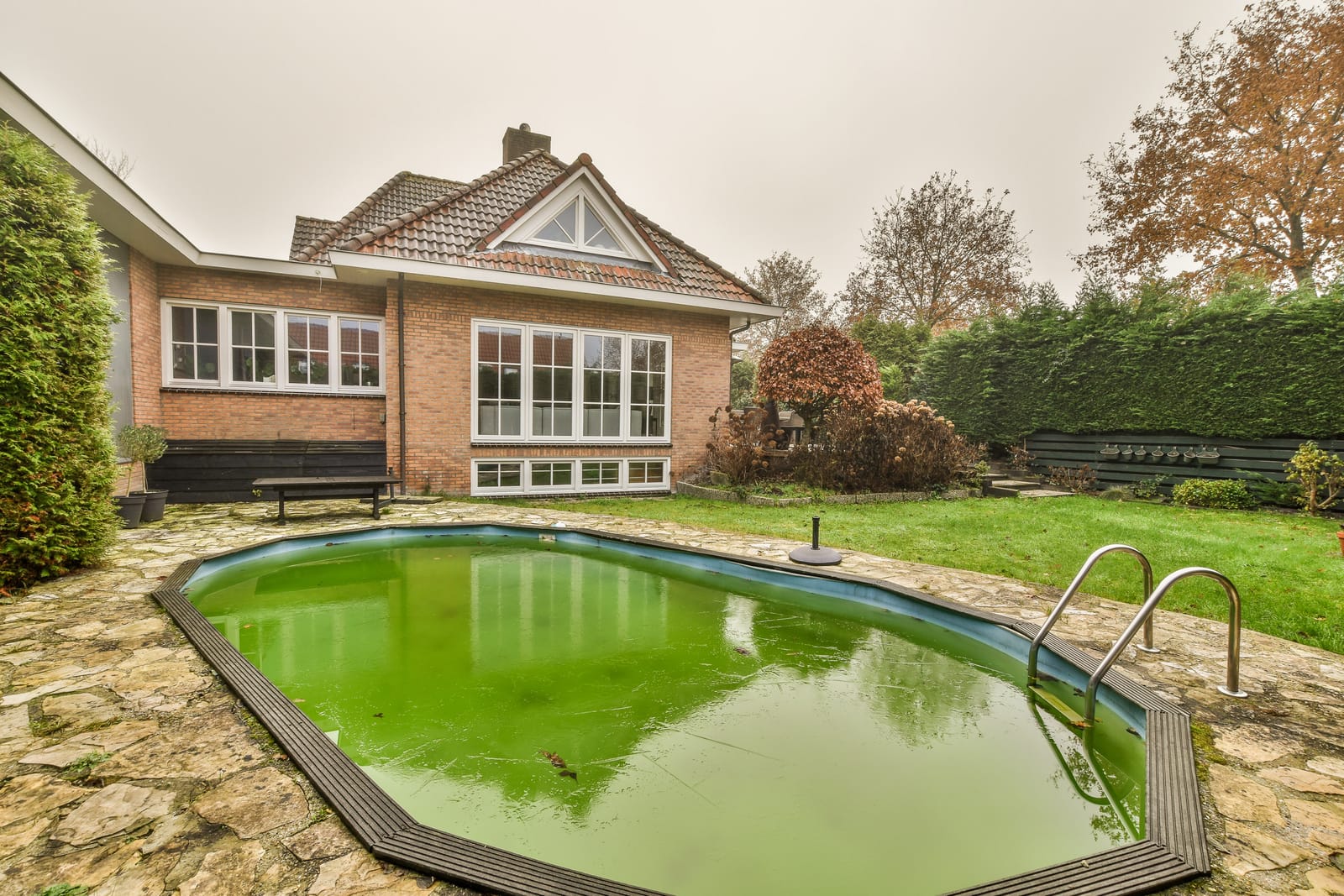Pool owners deal with cloudy pool water quite often; however, you might not know that your baking soda might clear that up! Cloudiness cannot be eliminated with baking soda alone, but it does help balance water chemistry, which is vital to having clear water. To ensure best practices, the combination of treatment with baking soda, thorough cleaning through a robot pool cleaner, and efficient filtration is sure to get your pool back to clarity in no time. This guide will walk you through how baking soda works, how to use it, and why a pool cleaning robot like Beatbot iSkim Ultra is your finest friend for keeping your pool water crystal clear.
How Does Baking Soda Work in a Pool?
Sodium bicarbonate increases the alkalinity of pool water, stabilizing the pH levels and improving water clarity. Low alkalinity and pH combined result in either poor chlorine efficiency or simply the inability to produce it, exacerbating the fine particles and debris in the water and thus creating cloudy water.
Benefits of Baking Soda:
Increases alkalinity – The optimal alkalinity range is 80 to 120 ppm.
Stabilizes pH level – A balanced pH (7.2 to 7.6) prevents scaling and cloudiness.
Enhances chlorine effectiveness—When alkalinity is balanced, chlorine can work more efficiently to kill germs and eliminate contaminants.
When to Use Baking Soda:
When the alkalinity of the pool is less than 80 ppm.
If the pH indeed stays on the lower end.
When the pool water appears cloudy despite correct filtering and cleansing.
Step 1: Test, Balance, and Adjust Your Water Chemistry
Before adding baking soda, check the pool’s water chemistry with a test kit or test strips. Check the following levels:
pH – Between 7.2 and 7.6
Alkalinity – In the 80 to 120 ppm range
Chlorine – The ideal range is between 1.0 and 3.0 ppm
If alkalinity is low, baking soda can help adjust the balance and increase water clarity.
Step 2: Introduce Baking Soda To The Pool
After testing the water, use this guide to add baking soda to your pool correctly:
Measure it – 1,5 lb of baking soda will raise 10,000 gals of water to 10 ppm of alkalinity.
Dilute if needed—Although you can add baking soda directly to the pool, it will spread out better if you dissolve it in a bucket of water first.
To apply, turn on the pool pump and walk around the pool’s edges, slowly pouring the mixture around the outside.
Give it a circulate. Run the pump and filtration system for at least 6 hours to evenly distribute the baking soda.
Step 3: Clean Out Fine Debris From The Pool
Cloudy water from bad water chemistry can be cleared with baking soda, but this will not filter debris or super-small particles out of the pool. That’s when a robot pool cleaner comes into play.
Skimmer – A skimmer will pull leaves and larger debris out of the pool surface
Run a pool vacuum – A vacuum cleaner will get dirt and debris off the pool bottom.
Put in a robot pool cleaner – A professional cleaning robot for pools like the Beatbot iSkim Ultra or Beatbot AquaSense 2 Pro from Beatbot will eliminate acceptable debris and even algae for an in-depth clean.
Buy a wall-climbing pool cleaner. This cleaner can reach pool walls and tight corners, areas that may be omitted from other cleaners.
Why Beatbot Is the Best Option
The Beatbot iSkim Ultra is designed to remove larger debris and fine sediment, improving water circulation and providing a more thorough clean. The Beatbot AquaSense 2 Pro and Beatbot AquaSense 2 are equipped with advanced technology that removes dirt and algae and increases water clarity.
Step 4: Upgrade Filtration and Circulation
Once baking soda is added and the pool is cleaned, good circulation and filtration of the water will help keep it clear.
Clean or backwash filter: A dirty or clogged filter doesn’t allow water to flow and can trap debris.
Run the pump for at least 8 to 12 hours — Keeping the water constantly circulating helps mix chemicals and filter out impurities.
Install a pool booster pump – Especially if you use a pool vacuum robot, a booster pump will speed up the flow of water in the filtration system and increase the cleaner’s cleaning performance.
Step 5: Clear Up Cloudiness Caused by Algae and Debris
If baking soda and cleaning don’t wholly clarify the water, you might need to treat algae and microscopic particles.
Use a pool shock – Shocking your pool will kill off algae and bacteria that cause cloudiness to form.
To add an algaecide – Algaecide will inhibit regrowth and ensure water clarity.
Vacuum out dead algae: A pool vacuum for algae, such as Maytronics pool cleaner or Beatbot AquaSense 2 Pro, will quickly eliminate dead algae and dirt from the pool floor.
Step 6 — Keep the Pool Clean Regularly
To prevent cloudiness from returning, start with a consistent pool maintenance schedule:
Use a swimming pool robot cleaner weekly – A robot pool cleaner like the Beatbot AquaSense 2 will help you keep your pool clean with minimum effort.
Test water chemistry weekly — Maintain pH and alkalinity to keep water clear.
Regularly clean the skimmer and filter– An overloaded or dirty skimmer will result in cloudy water.
How to Keep Water Crystal Clear with a Robotic Pool Cleaner
One of the best tools for keeping your pool water clear of debris is a robot pool cleaner. Beatbot iSkim Ultra, Beatbot AquaSense 2 Pro, and Beatbot AquaSense 2 are getting ready to clean all pool areas: walls, floors, and waterlines. These high-tech cleaning bots also enhance water circulation, lighten the load on the filtration system, and remove that fine, cloudy material.
Conclusion
Yes, baking soda can help clarify cloudy pools by increasing alkalinity and stabilizing pH levels, but it’s just part of the answer. We recommend using the baking soda treatment with proper cleaning and filtration for a quick, long-lasting solution. A robot pool cleaner, such as the Beatbot AquaSense 2 Pro or the Beatbot iSkim Ultra, will take care of the debris and fine particles that baking soda can’t get, so your pool stays crystal clear all season long.
Stay in touch to get more updates & news on Hoseasons!

